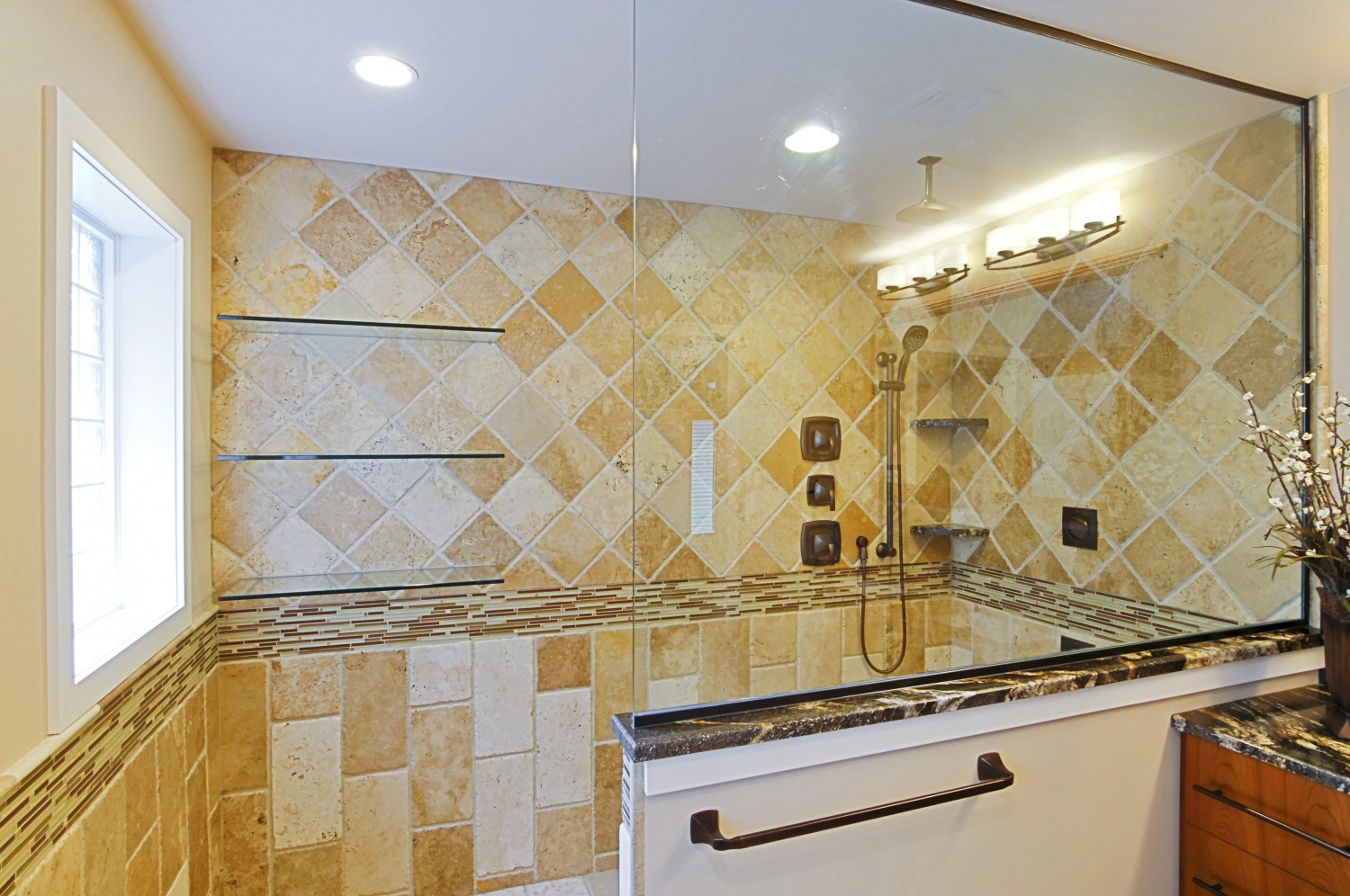Gehman Design Remodeling

 Homeowners want their families to feel safe, comfortable and be able to live independently when they are inside their home. But when designing a home, do ramps, levers—items you may need down the road—come to mind? Most likely not.
Homeowners want their families to feel safe, comfortable and be able to live independently when they are inside their home. But when designing a home, do ramps, levers—items you may need down the road—come to mind? Most likely not.
Dennis Gehman, Master Certified Remodeler (MCR) of Gehman Design Remodeling, says homeowners should start to think about how life will be in their home in the future, and apply various items to the design process known as Universal Design. These items are as simple as specific door knobs and childproof locks to protect infants and toddlers from getting into certain areas of the home.
House & Home spoke to Gehman who talked about the simple ways to go about designing a home to Universal Design standards, and making small but efficient changes to a home already built that will be beneficial in the long run.
What is Universal Design?
Universal Design is designing buildings, homes, for people of all ages, sizes and abilities. It should begin with infants— items such as railings being far apart so they don’t get stuck in them and locks on cabinet doors where chemicals are stored.
Where should homeowners incorporate Universal Design?
With the floor plan layout. Making sure rooms are large enough and doorways and hallways are wide enough. Then it starts off with accessing the house. The typical step or two up to the front porch and door does not work for someone who can’t do steps. It doesn’t have to be the front door— at least one entrance of the house should be accessible. Some examples include:
• Ramps—the term ramp turns people off; we’ve all seen obstructions built outside of houses that aren’t pretty but they serve the purpose of getting someone in. When designing from new, you can be very creative with those kind of things.
• Levers—using levers for doors rather than knobs, especially for people with arthritis or a crippling disease who aren’t able to grasp door knobs to turn it. A couple manufacturers now have child safety levers with buttons by pushing a button first and turning it. This can be at the top of basement steps, laundry room and bathroom to name a few—places that might have things that are dangerous for children.
Is there a specific type of door homeowners should have that can accommodate everyone, including handicap individuals?
The Americans with Disabilities Act (ADA) says all doorways have to have a minimum 34-inch wide clearance and this applies legally only to commercial, industrial or institutional buildings. In reality, you need a 36-inch door. Most interior residential doors are 30 inches and many bathroom doors are 28 inches. A lot of homeowners have heard of the ADA and they begin talking about that with us, and I let them know those are great guidelines. We are not required to abide by them in residential code, but would be wise to pay attention to get them as close to those guidelines as we can.
Many wheelchairs fit through a 32-inch door. If you know you’re doing this specifically for a certain individual and you already have a 32-inch door and it works, I’m not going to say spend a lot more money to change this around. But if you don’t see this as your forever home, you may want to market it as accessible or universal later on then and it might be wise to go for a 36-inch door.
What other changes around the house do you recommend for someone in a wheelchair?
Oftentimes we would lower the light switches for someone in a wheelchair or make it one set of switches which makes it easier to turn on multiple lights. If we set it up on a touch device, we can put in an interface with WiFi and have all the light controls in the house on their phone.
What adjustments can you make in the bathroom, specifically the shower area?
We call them zero entry showers. There’s no threshold and not a curb to step over. We also install decorative, pretty grab bars. Very well built suction cup units work great and stick on mostly everything. These are great to figure out exactly where grab bars will be the most help.
How do you get homeowners on board with making the necessary changes to adhere to Universal Design?
Once we’ve started showing them designs such as a wider doorway and blocking a wall around the shower in case we need to install grab bars, they see it’s an easy switch out and they can still live comfortably. Some don’t even know the difference.
Gehman Design Remodeling
PA Contractor Registration PA00297
355 Main Street, Harleysville, Pa. | (215) 513-0300
GehmanRemodeling.com
Published (and copyrighted) in House & Home, Volume 20, Issue 8 (February 2020).
For more info on House & Home magazine, click here.
To subscribe to House & Home magazine, click here.
To advertise in House & Home magazine, call 610-272-3120.
